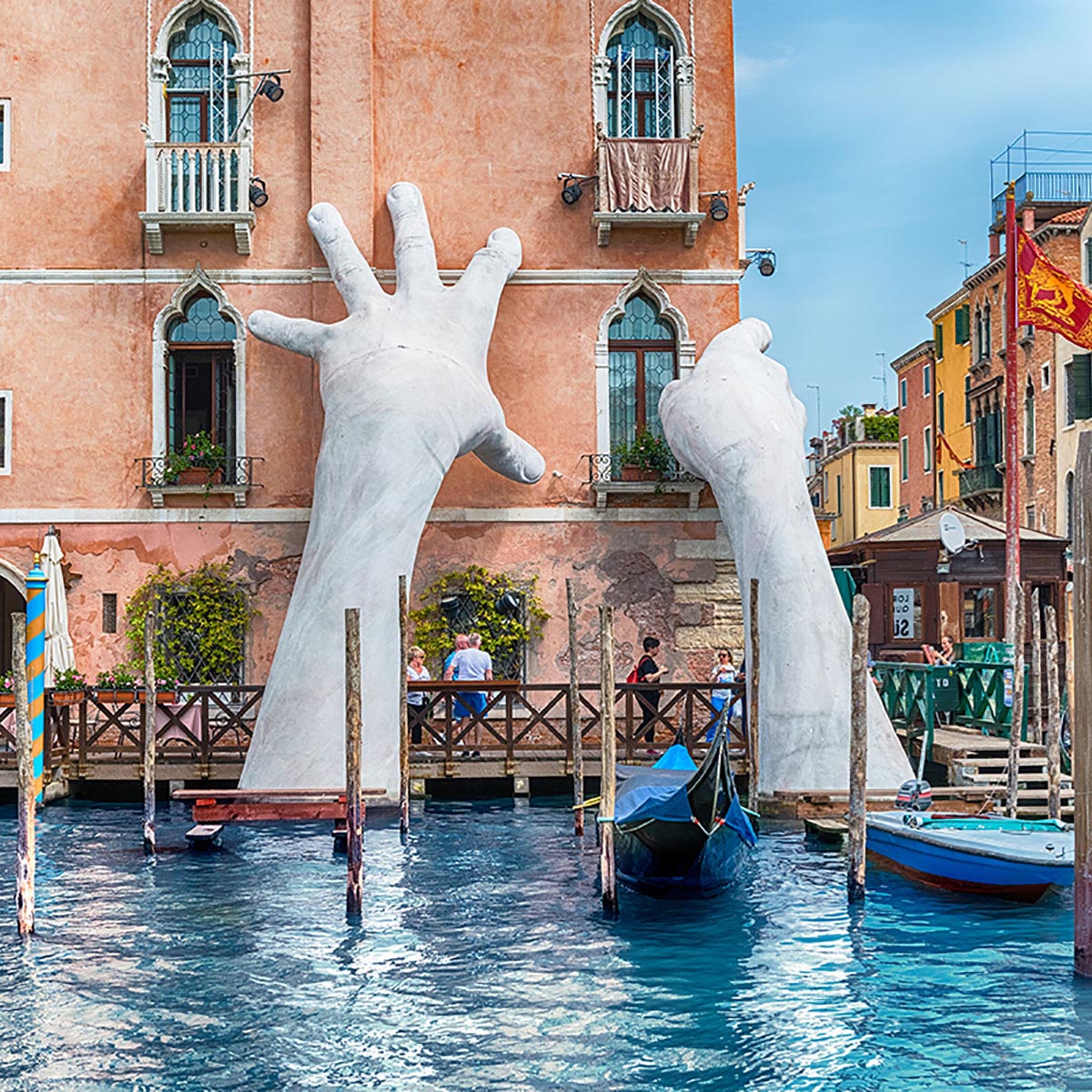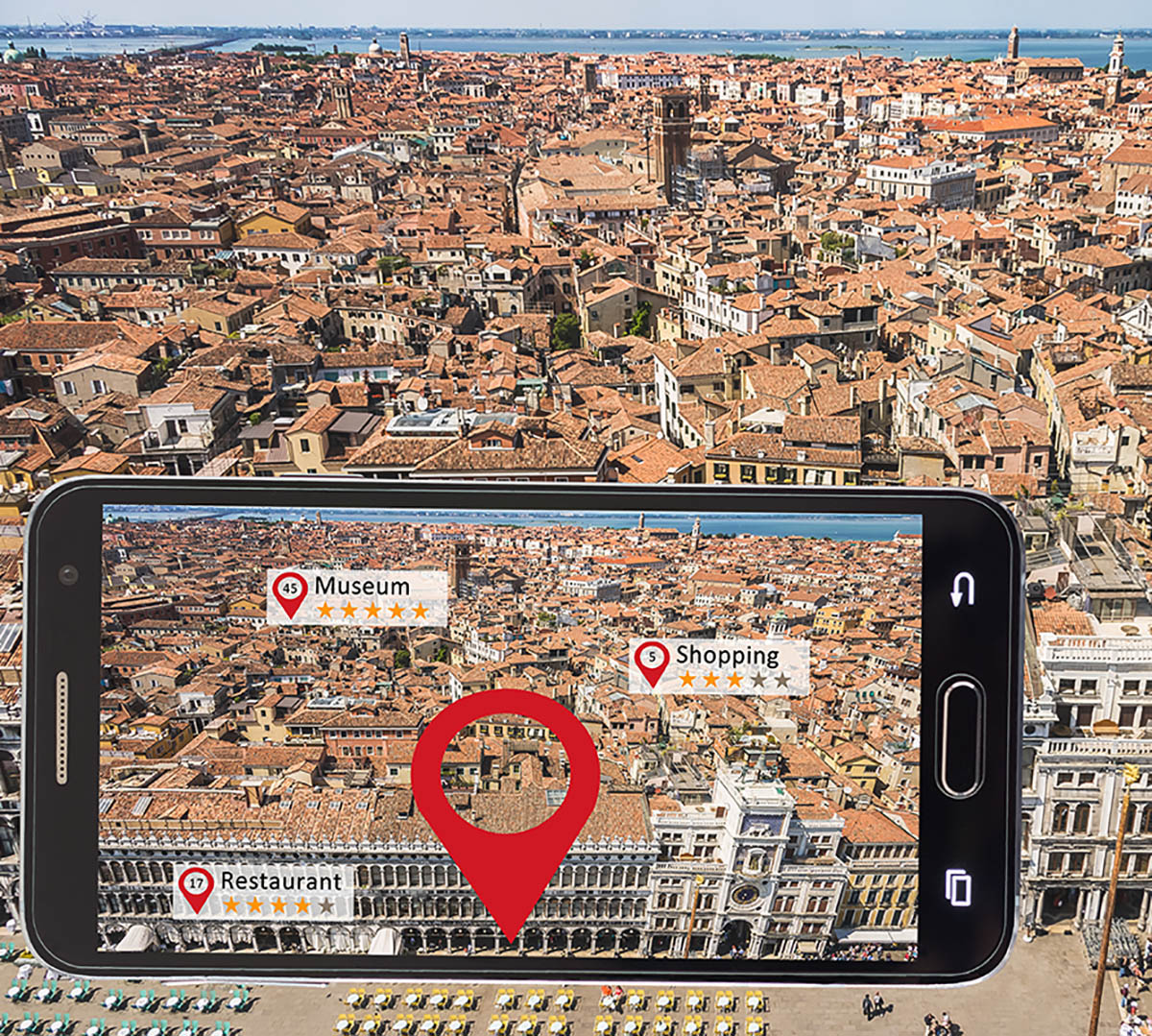Submitted by Antonello Magliozzi
Future-ancient, urban regenerations for tomorrow's cities
Italy Architecture News - Jul 22, 2023 - 21:07 2141 views

Yes, modern cities are generally more complex than cities of the past! This complexity is due to a variety of factors, including population growth, technological advances, increased specialization of labor, and changing social and economic structures. However, there are historical references that remain perennially relevant; one might even say universal, indispensable for meeting the challenges of the present and the future. These can be summed up in the ancient Epicurean idea that "cities should be designed to ensure the well-being and happiness of their inhabitants, both present and future"." A concept forgotten in the anthropocentric revolution of the 20th century, when humanity overwhelmed the natural environment with unconditional development, as if it were the victim of a collective amnesia due to the fragmentation of knowledge, rapid social change, cultural homogenization and the decay of information. A phenomenon that has in fact resulted in the undermining of the anthropogenic, urban, and geographic ecosystem, along with heavy consumption of the planet in its resources and resilient systems. This is why, at the dawn of the third millennium, when humanity was facing an unprecedented global energy and environmental crisis, fundamental and primordial concepts such as the survival instinct were rediscovered. In this way, the role of man as an integral part of nature and the concept of the biologist Rachel Carson that "the health of man depends on the health of his environment" have been revived.

The scenic monumental sculpture of a child's hands called "Support" by Lorenzo Quinn. Image © Marco Rubino, shutterstock.com
Today there is no room for amnesia, but rather a strong need for knowledge and awareness. The cities of our planet are entropic, they are home to more than half of the world's rapidly growing population. They are certainly more complex than those of the past and, for this very reason, they are in greater need of education, historical preservation and the promotion of a sense of cultural identity and memory. In fact, in the various countries of the Old Continent, it is necessary to consider "zero land consumption" interventions, as sanctioned by the European Union, i.e. urban renewal interventions, together with the recovery of existing environments. A socio-cultural context in which the cities of our past can actually teach a method for achieving a systemic balance for the transition to a sustainable economy by 2050, and thus also for achieving the environmental objectives recently set out in Commission Recommendation (EU) 2023/1425 of 27 June 2023. Indeed, historic cities have a stratification of typological and technological solutions that represent best practice in terms of sustainability. For example, they are characterized by compact urban design, diversified use, efficient infrastructure and water management, integration with the surrounding natural environment, thoughtful urban design and cultural thinking. All of these features were incorporated into cities long before the modern focus on sustainability. Studying and understanding the lessons of historic cities can provide valuable insights into the future challenges of urban regeneration, building prosperous societies and preserving cultural and natural heritage.

Venice view. Image © V_E, shutterstock.com
One example is Venice, known as the 'Queen of the Adriatic', a city renowned for its uniqueness and fascinating history. Built on more than 100 small islands in a lagoon connected by canals and bridges, the city's rich history has left many lessons to be learned. Venice is synonymous with adaptability, with the ability to adapt to its surroundings, teaching the importance of flexibility and creativity in the face of adversity. Venice is also synonymous with trade and diplomacy, as it flourished as a major trading power during the middle Ages and the Renaissance, reflecting the importance of international trade and diplomacy in building economic prosperity and promoting cultural exchange. Venice also stands for republic and democracy, as it offers valuable lessons in the importance of inclusive governance, with balances that have always included the voice of citizens in shaping the destiny of a city or nation. Venice is also known for the importance it has always attached to the preservation of its cultural heritage. Indeed, the Venetians have made considerable efforts to restore and preserve their historic buildings using traditional methods and materials; an important lesson in preserving our cultural heritage for future generations.

Carnival Venice. Image © Maria Maslova, shutterstock.com
Finally, in relation to the challenges of climate change, Venice is an example of environmental stewardship. Its unique location and vulnerability to climate change have always linked it to issues of environmental sustainability. Indeed, the city's constant struggle with high tides and flooding has stimulated and continues to stimulate ongoing discussions on reducing carbon emissions, promoting green transport and implementing innovative water management strategies. That is why Venice's experience highlights the urgent need for both environmental management priorities and sustainable solutions to combat climate change; examples and solutions available for the development and regeneration of other cities around the world. This is also why, on 19 and 20 October 2023, the World Sustainability Capital will host the RICS World Built Environment Forum - Europe to discuss the sustainable future of the built environment. A consensus that will include the participation of all stakeholders in the decision-making process alongside policy makers. The WBEF will consider "The Oldest City of the Future" as an ongoing project to promote an environmental, economic, social and urban planning model for the sustainable development of any other city. An open discussion to ensure effective ESG policies that address sustainability across the board, starting with an understanding of the historical lesson, including a long-term vision, and encouraging the widest possible collaboration among all stakeholders.

Augmented Reality, Venice view. Image © J.M. Image Factory, shutterstock.com
In this context of socio-economic-cultural ferment, actions such as public-private partnerships or innovative formulas for the adaptive reuse of historical or underused structures, including the cultural regeneration of communities, become fundamental to the development or reinvention of the cities of the future. All this in a rebalanced relationship between man and the built environment, necessarily embedded in a very complex and rapidly evolving modern context that requires attention to socio-cultural roots and historical experience, as well as the use of powerful eco-digital tools. Indeed, the current ecological transition necessarily requires digital monitoring systems, intelligent resource management methods, sustainable product design and virtual collaboration and communication, which are already available, if only partially used. The integration of these eco-digital tools with those derived from a careful reading of historical experience will thus allow the management of a modern complexity that is particularly attentive to the sustainability and environmental responsibility of projects and processes. An approach that today, and even more so in the future, will allow a more efficient use of resources, will contribute to the reduction of waste and energy consumption and will favor the acceleration necessary to respond to the extraordinary environmental emergencies sanctioned by the Paris Agreement 2030-2050. An approach that could be defined as: future-ancient regeneration, in which man, at the centre of any systemic project, uses both the legacy of human tradition and the innovation of the present that looks to the future, both synchronously and asynchronously. All in order to ensure the well-being and happiness of present and future communities.

Father and son on his. Image © Chatchai.wa, shutterstock.com
All images courtesy of shutterstock.com unless otherwise stated.
